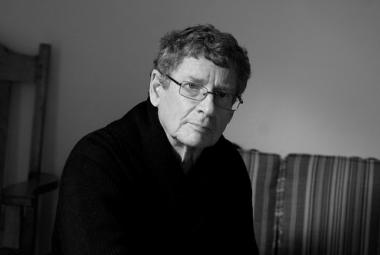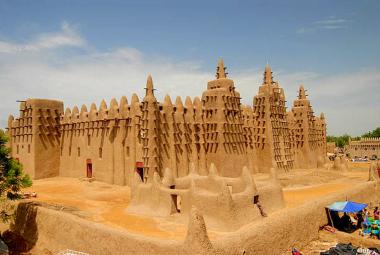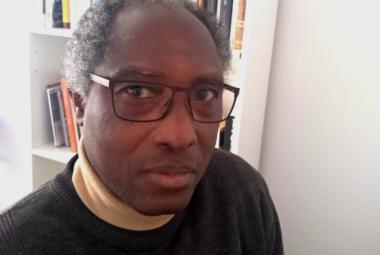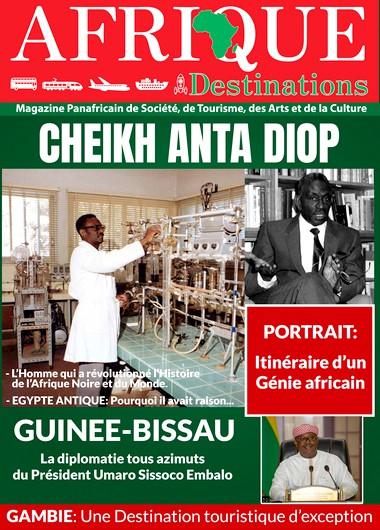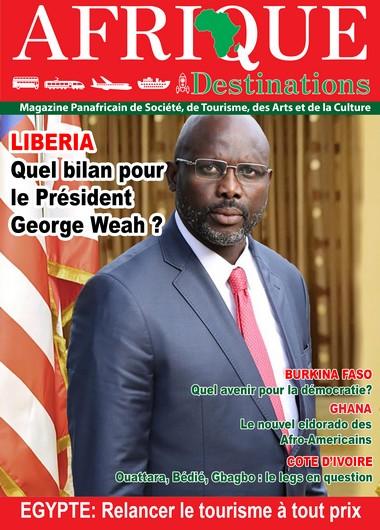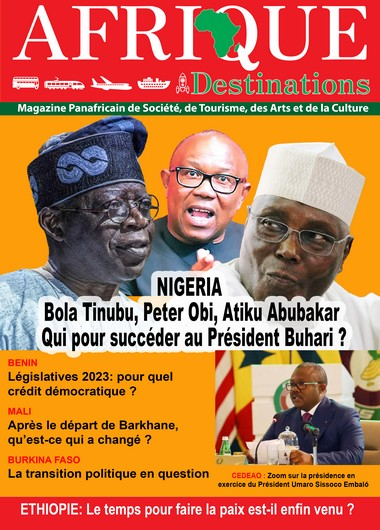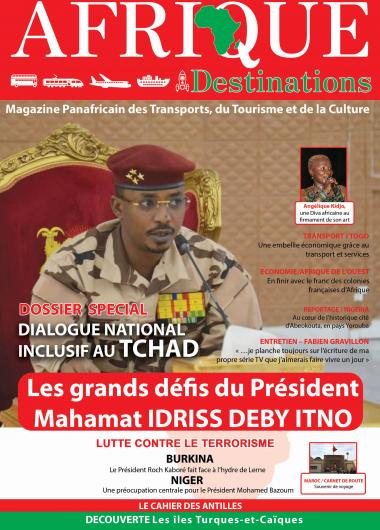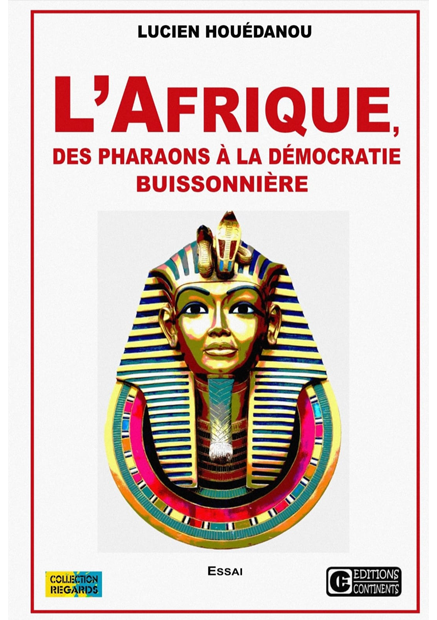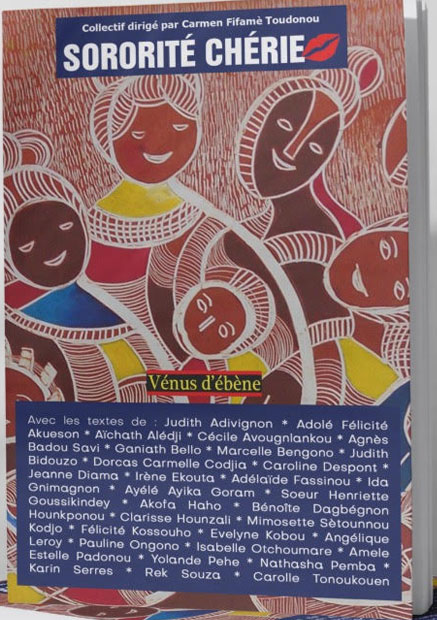The question is now more than debate. Until then, it was generally accepted that the invention of paper belongs to China, and more precisely to the Han dynasty which dates back between 206 BC and 220 AD. But the Egyptian papyrus goes even further, up to 2900 BC. And there are now many researchers and specialists who believe that the ancient Egyptians invented it long before the Chinese.
From papyrus to paper, there is only one step, one could paraphrase. The two materials are certainly different in that the first is thicker than the second. But the process of making the first can easily lead to the second. Even though the manufacturing processes of the two differ in many ways.
Egyptologist Pierre Tallet, a specialist in the field, has worked tirelessly on this subject. After having discovered during excavations in Ayn Soukhna in 2011 a mountain of documents written on papyrus. They were the work of a certain Merer, a civil servant of his state and responsible for an army of workers of 200 men in the card of the construction of the great pyramid of Giza.
Reconsider the origin of the invention of paper
"From the oldest papyri ever found to materials previously thought of as invented far later, this forgotten site in the desert has revealed evidence that upends long-held historical ideas. Paper, for example, once thought to have been invented in the early centuries of the Common Era in China, seems to have made an appearance much earlier, here in Egypt. And the papyri discovered at this remote place in the desert have given new insights into how the enigmatic pyramids were built.".
This is how, comments Lydia Wilson*1, the journalist who accompanied the French Egyptologist to the Wadi el-Jarf site in April 2022 and who is the cultural editor of the magazine New Lines. In this desert where the oldest papyri have been discovered and which continue to stimulate research and studies, Pierre Tallet scrutinizes and deciphers. And this, all the more so since even if this subject had been concealed, recent works tend to conclude that paper was papau in ancient Egypt more than 2,000 years before it was mentioned in China.
In her report, Lydia Wilson, makes a historical reminder to show how scientists have missed an enigma without even realizing it. And she writes: "The first known account of the galleries comes from a trip made in 1823 by the British Egyptologist Sir John Gardner Wilkinson, though he misidentified them as Greco-Roman catacombs. It wasn’t until the 1950s that Wadi el-Jarf was once again scrutinized, this time by two boat pilots, François Bissey and René Chabot-Morisseau, working for the Suez Canal Company. These amateur archaeologists dated the galleries more accurately, identifying them as Old Kingdom (though, as it turned out, they got the wrong dynasty), and applied to excavate the site properly, but the Suez crisis in 1956 put an end to all such plans and the site fell back into obscurity.".
Through this trip to the Egyptian desert, which is also a trip to the past of Pharaonic history, Lydia Wilson carries out a two-way report with the Egyptologist Pierre Tallet. A great name in Egyptology that needs no introduction. Suffice to say that it is a real privilege to be the guest of honor of the latter on the probably oldest traces of one of the inventions which revolutionized the world of humans. The report she did on it, which deserves reading and re-reading, is an eloquent testimony to the colossal work that Pierre Tallet is doing on the subject. But it is also a testimony of humility and perseverance in research.
At the end of this extraordinary journey in this desert which still conceals many secrets of ancient Egypt and even more of the periods that preceded it, it is to Egyptologist Pierre Tallet that Lydia Wilson leaves the conclusion when he says: "In archaeology, what gives us the most information is not necessarily the most spectacular.” After more than a decade, the excavation is still incomplete, and lab work to examine the material continues. Yet the documents and objects found have already upended many established historical narratives: that paper was invented in China, that glass only reached Egypt in the New Kingdom and that the Romans brought caulking technology for boats. This long-neglected site on the periphery has challenged these conventions. Who knows what else still lies in the desert, dormant and secretive, waiting to be found?"
By Marcus Boni Teiga
*1 - Lydia Wilson, Who Invented Paper? A New Discovery in Egypt Upends the Consensus, New Lines magazine, January 24, 2023





